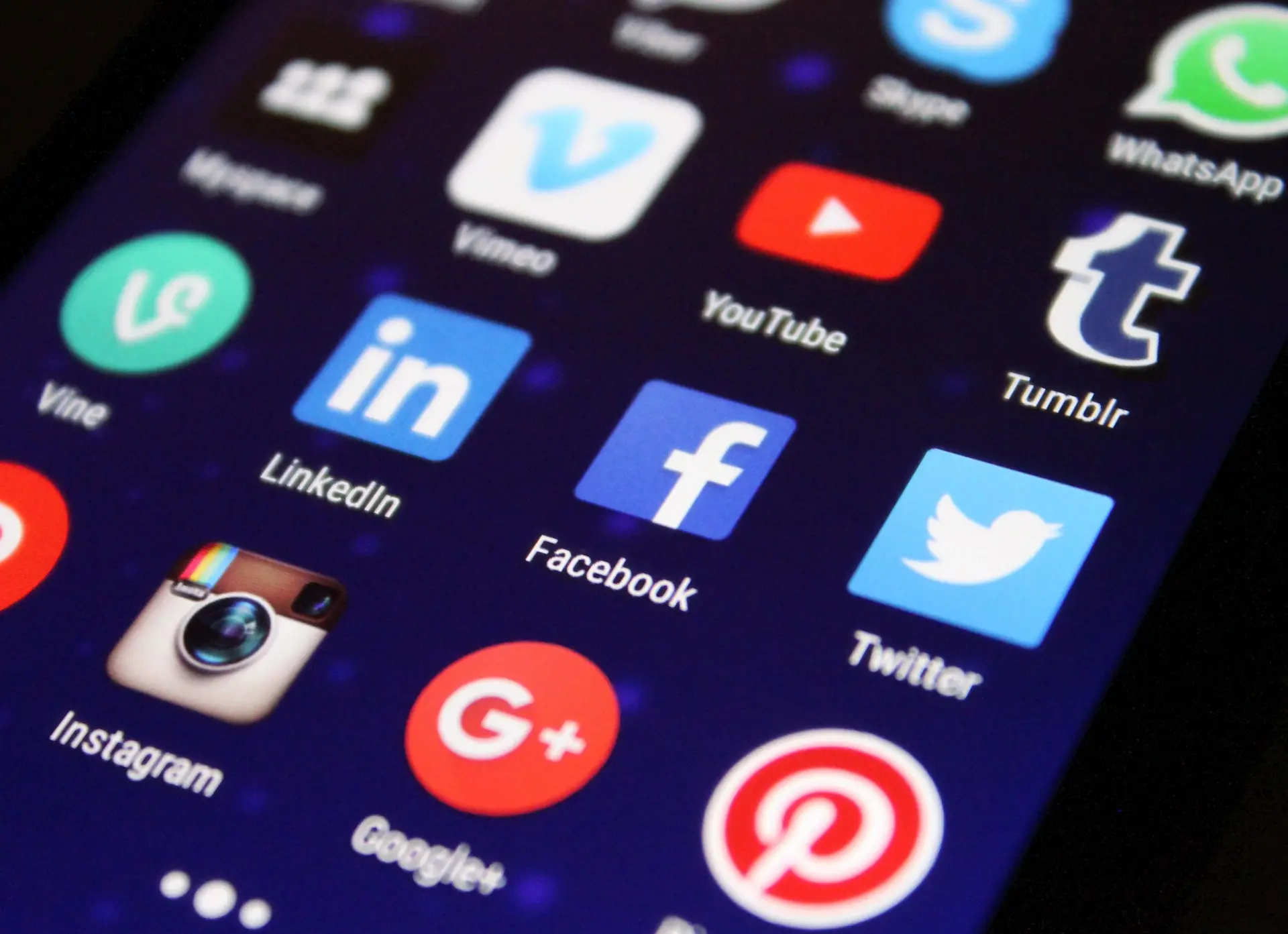The human being is one of the wonderful gifts of nature, an excellent find. No matter how advanced the technology in the world is today, we still have not been able to create a human that resembles nature’s creation of a human being.
In this article, we will talk about how social media utilizes the dopamine-driven feedback loops that operate in humans. Before diving directly into the topic, let’s look at what a dopamine-driven feedback loop is.

What is a Feedback loop? 🔁
As humans, we learn new things day by day. And curious about new things to see where they could lead us. As a result of this never-ending curiosity, we eventually understand the consequences of doing something. Simply, we are motivated to do things that give us satisfaction. This satisfaction is created in the human brain by a feedback loop. Feedback loops, in general, are circuits that return output as input to a given system to drive future operations and, in this case, human behaviours.
What is Dopamine? 🤩

Now let's see what this so-called Dopamine is.
Dopamine is associated with "seeking" behaviour. It motivates people to seek food, information and entertainment, among other commodities and experiences. Once a target is achieved, the brain's opioid system delivers a chemical reward we experience as pleasure. Through experiencing this cycle repeatedly, people and other animals learn to anticipate pleasure from seeking, which perpetuates the loop. That's what we call a feedback loop. This is why we tend to repeat an action that gives us satisfaction.
Social media and Dopamine-driven feedback loops.
Now then, how has this social media turned the dopamine-driven feedback loop built in humans to their advantage?
We all know that social media mainly depends on the number of customers; platform users. So social media companies always try to find new users while retaining their existing users. When they researched strategies to do it considering human psychological behaviour, they realised that it would be easier to use tricks that create a dopamine-driven feedback loop in users.

Let’s see how it works with a few examples.
You all know about YouTubeShorts. This is another new feature released by YouTube in 2021 is YouTube shorts. Usually, the length of a short is about 20 seconds. It means that a person who watches shorts has the opportunity to watch three shorts, which means three different videos, within a minute. Another speciality of shorts is that they are played repeatedly. For these two reasons, watching one short makes us want to watch the next one. Because of this, Shorts have collectively earned over 5 trillion views since the platform was made available to the public on July 13, 2021.

Snapchat also has a well-scrutinized feature called a snap streak. A person can increase his snap streak by systematically watching the snaps of others in his contact list. You may have seen something that some people don't forget to maintain their snap streak continuously. The snap streak feature creates a feeling in us. That's the idea of continuing the snap streak. Because of this, they have been able to retain their customers.
Now you have a better understanding of dopamine-driven feedback loops and how social media can use them to their advantage. Think about it for a moment. What happens if we can create such a dopamine-driven feedback loop in people for the welfare of society? For a good cause?
All this is just the beginning of all possible possibilities. Stay tuned with us for more.

